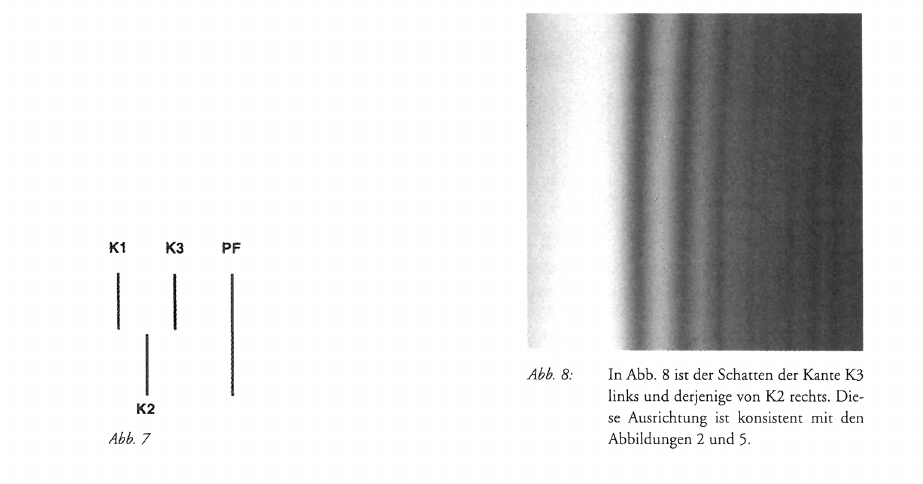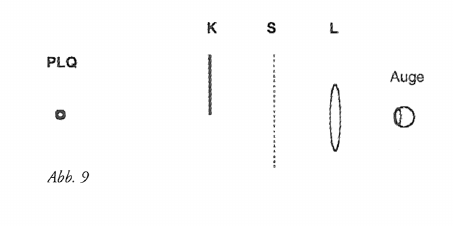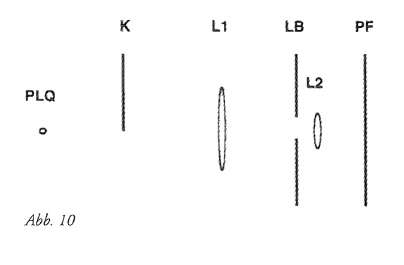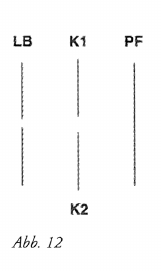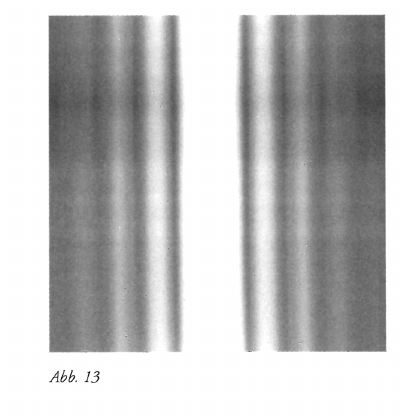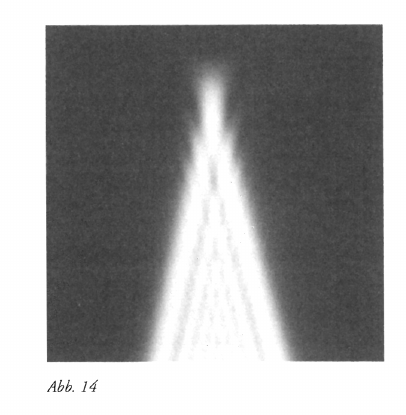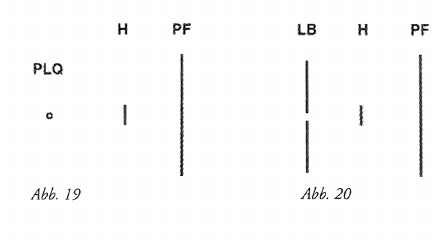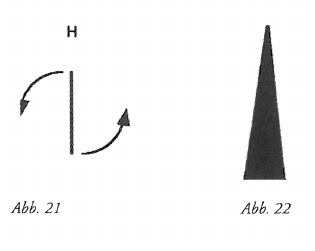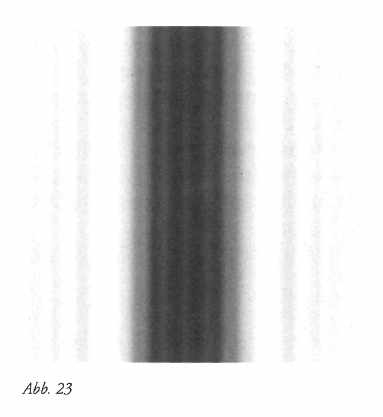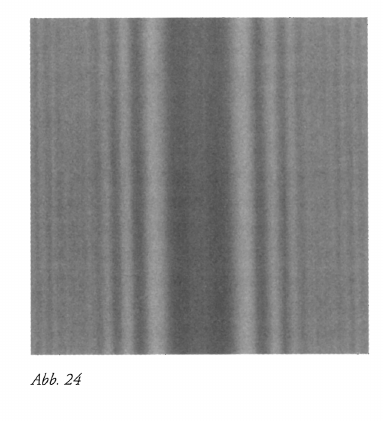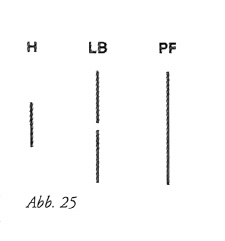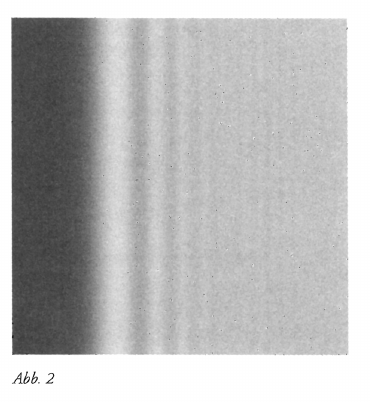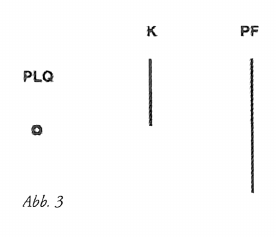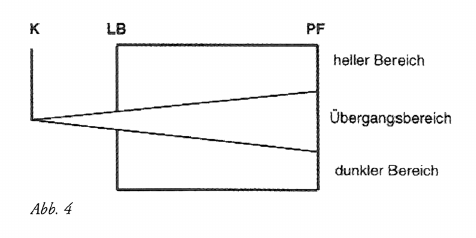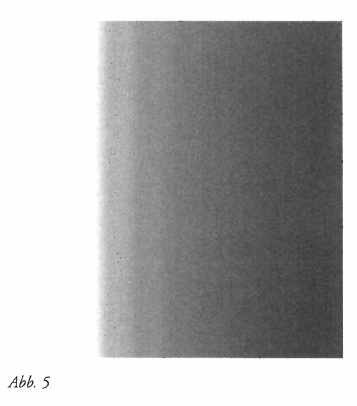Die Grundversuchsanordnungen für die Lichtbeugung an Kanten
Elemente der Naturwissenschaft
76,
2002,
P.
35-50 |
DOI:
10.18756/edn.76.35
Article | Language: German | €6.00
Export Article Citation as
- Plain text
- BibTeX
- RIS format
- Download price : € 6.00
Abstract:
The simplest arrangements of edges that give rise to the phenomenon of light diffraction are presented. Especially two of them are of particular importance. They imply two different types of optical imaging and generate diffraction patterns of opposite character. One involves the casting of a shadow by a pointlike lightsource where ’dark fringes in the luminous region’ are generated, the other represents the image formation of a pinhole camera, where ’bright fringes in the dark’ are produced. Some more complicated situations are analyzed and it is shown how they can be brought into relation to the basic arrangements following a phenomenological method similar to Goethe’s approach in his theory of prismatic colors.
